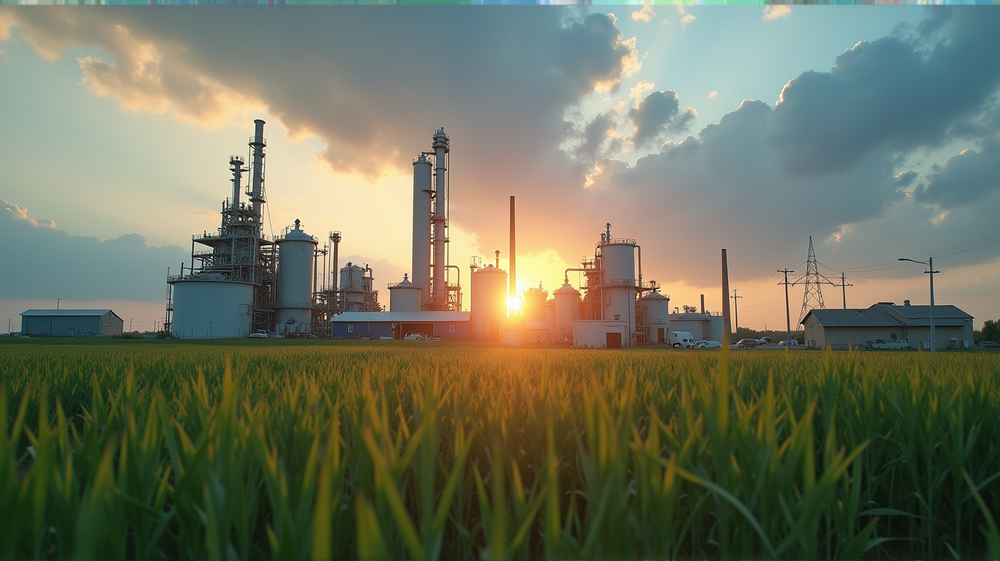Ethanol's Silent Revolution: From Past Challenges to Future Brightness
A Fuel with a Past
Ethanol didn’t just appear in America’s energy landscape out of nowhere. Its tale begins in the 1920s, rising steadily as an automotive fuel. The real surge came in the early 2000s, propelled by the nation’s desire for energy security. Ethanol’s importance was underscored by the 2007 Energy Independence and Security Act, aiming for 36 billion gallons by 2022.
How Ethanol Fuels America Today
Today, ethanol is no stranger to millions of drivers. As of 2024, the United States boasted an impressive production of 16 billion gallons. Ethanol exports, particularly to Canada, signify its global relevance. Most vehicles use E10, a blend with 10% ethanol, while E85 remains available for specific engines. According to Missouri S&T News and Research, this growth is not just about numbers but also innovation.
Economic Impact on Rural America
Ethanol plays a significant role in rural development, as evidenced by plants like POET in Laddonia, Missouri. Creating jobs and boosting local economies, ethanol contributes $54.2 billion to the U.S. GDP. In rural pockets, plants not only supply fuel but produce by-products like animal feed and corn oil, enriching economic ecosystems.
Ethanol: A Cleaner Future
Ethanol presents a reduced carbon footprint, scoring 41.7% lower in carbon intensity than gasoline. The push isn’t merely about using ethanol but enhancing blends and looking at new raw materials, including cellulosic sources. While ethanol from corn remains prevalent, the future might see a shift toward innovative methods like cellulosic technologies, albeit with challenges.
A Complex Path Forward
Ethanol’s future involves balancing environmental concerns and economic practicality. Cellulosic ethanol holds promise, although its journey has hurdles. Projects in Brazil offer hope, and domestic initiatives continue exploring viable pathways. The dance between technology, economics, and legislation creates a rich tapestry of questions and opportunities.
The ethanol industry isn’t just churning fuel; it’s weaving a story of progress, resilience, and future potential—a reminder that cleaner fuels contribute to a stronger economy and a healthier planet.




